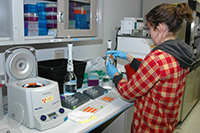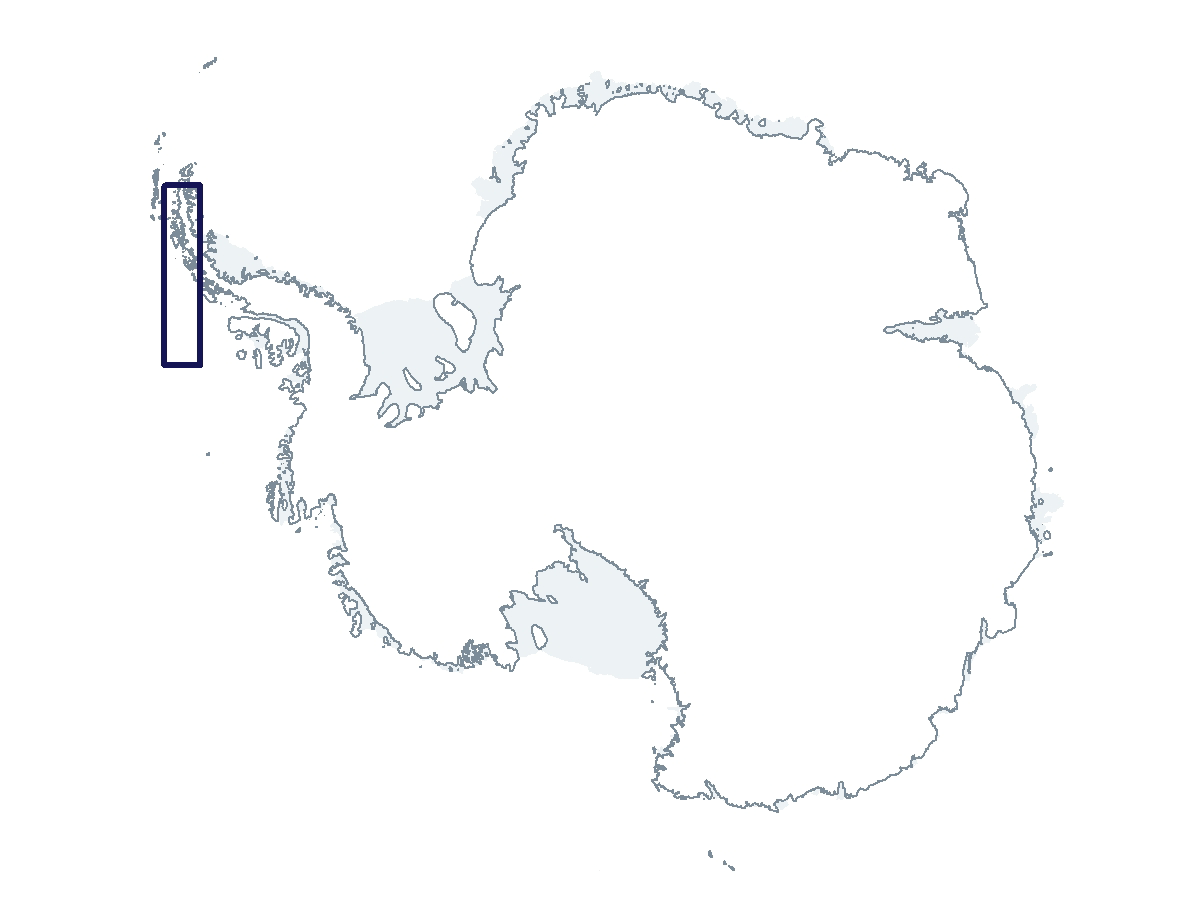2023-2024 USAP Field Season
Project Detail Project TitlePAL-LTER: Ecological Response to "Press-Pulse" Disturbances Along a Rapidly Changing West Antarctic Peninsula Summary
Event Number:
Program Director:
ASC POC/Implementer: Principal Investigator(s)
Mr. Carlos F Moffat
Location
Supporting Stations: ARSV Laurence M. Gould DescriptionSeasonal sea ice-influenced marine ecosystems at both poles are characterized by high productivity concentrated in space and time by local, regional, and remote physical forcing. These polar ecosystems are among the most rapidly changing on Earth. Palmer Long Term Ecological Research (PAL-LTER) seeks to build on three decades of long-term research along the western side of the Antarctic Peninsula (WAP) to gain new mechanistic and predictive understanding of ecosystem changes in response to disturbances spanning long-term, sub-decadal, and higher-frequency “pulses” driven by a range of processes, including long-term climate warming, natural climate variability, and storms. These disturbances alter food-web composition and ecological interactions across temporal and spatial scales that are not well understood. The team will contribute fundamental understanding of how population dynamics and biogeochemical processes are responding within a polar marine ecosystem undergoing profound change.
Field Season OverviewLaurence M. Gould Four participants of the C-021 project will embark on the ARSV Laurence M. Gould for the LMG24-01 cruise. The team will characterize glacial discharge with sustained, high-resolution surveys using both autonomous gliders and vessel-based CTD (connectivity, temperature, and depth) surveys along the freshwater front found off the coast between Palmer Station and Marguerite Bay. In addition, up to three moorings will be recovered and re-deployed with a full depth CTD cast at each mooring site. Palmer Station This project will have shared use of one rigid-hulled inflatable boat (RHIB) with a research winch and ECO rosette. In addition, they will have shared use of a small boat for glider launch and recovery (in collaboration with Schofield group). Sampling in the Distant boating area will be approved on a case-by-case basis. Laboratory space will be used for mooring equipment programming, data download, and mooring assembly. Space will be used occasionally and shared with other groups. RHIB support will be used to deploy and recover small shallow water (expected <200 m) moorings, and to conduct hydrographic surveys in collaboration with other groups. Surveys in the Distant boating area on a case-by-case basis. Operations will occur within the LTER dedicated RHIB days.
Deploying Team Members
|
2023-2024 Science Planning Summary



For USAP Participants |
For The Public |
For Researchers and EducatorsContact UsNational Science FoundationOffice of Polar Programs Geosciences Directorate 2415 Eisenhower Avenue, Suite W7100 Alexandria, VA 22314 Sign up for the NSF Office of Polar Programs newsletter and events. Feedback Form |



